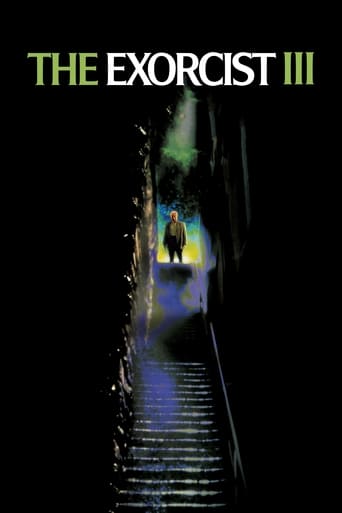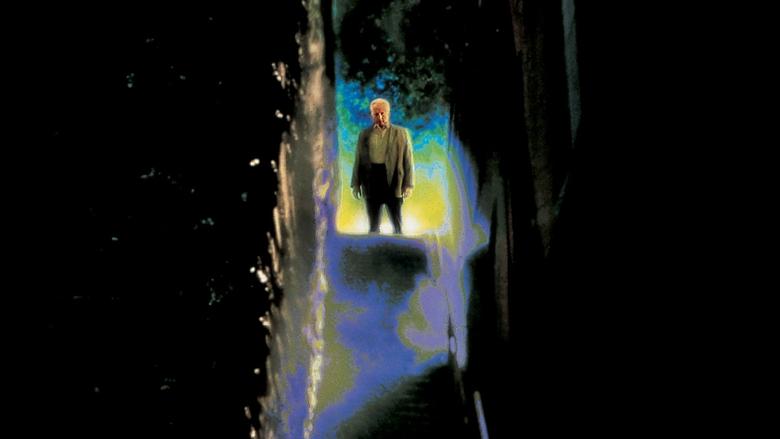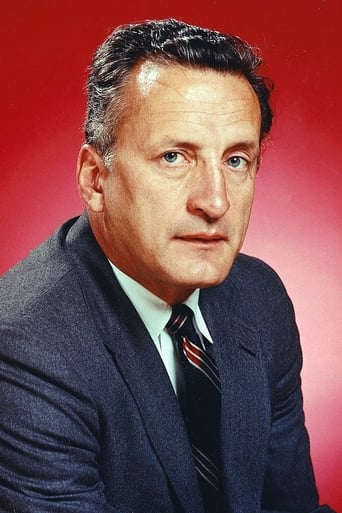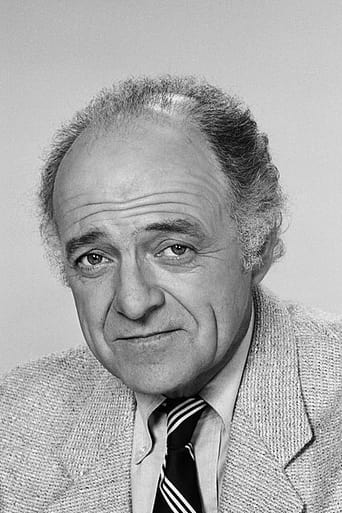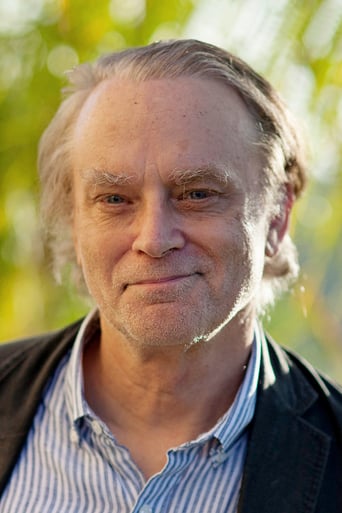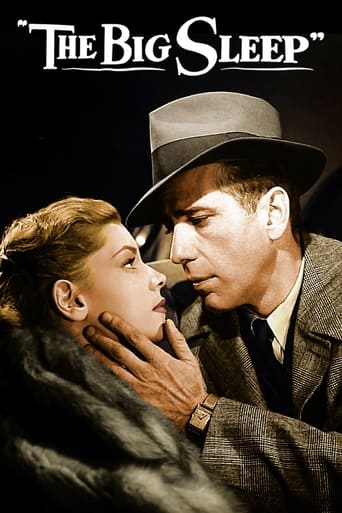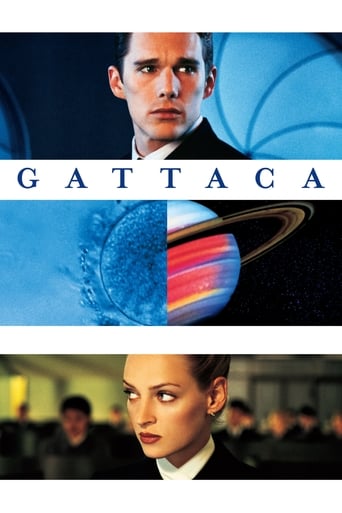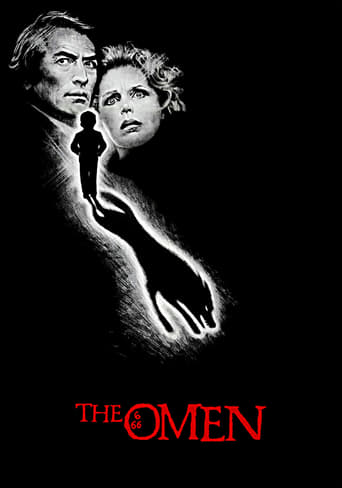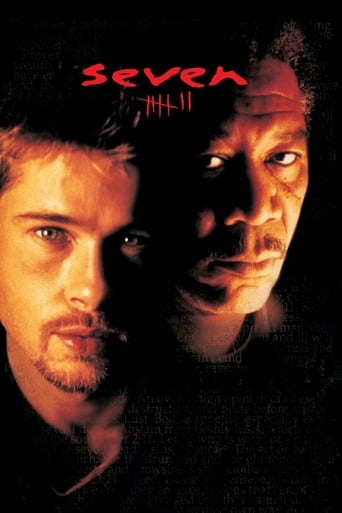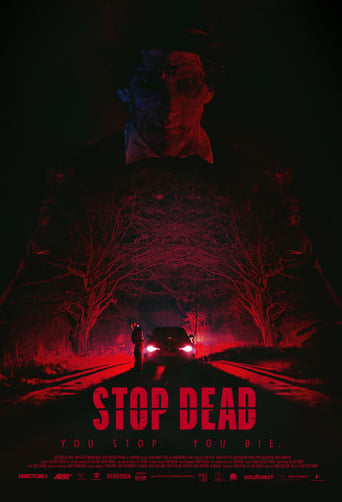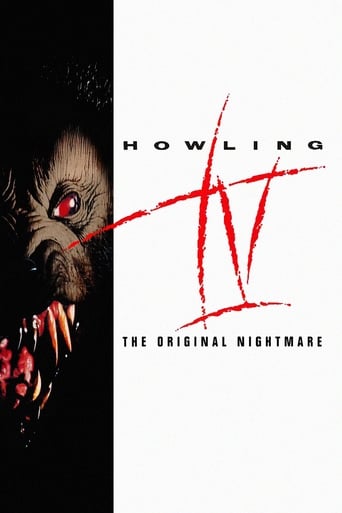The Exorcist III (1990)
On the fifteenth anniversary of the exorcism that claimed Father Damien Karras' life, Police Lieutenant Kinderman's world is once again shattered when a boy is found decapitated and savagely crucified.
Watch Trailer
Cast


Similar titles
Reviews
This has little connection to the first two Exorcist films although the death of the priest is alluded to and an important plot point. I admit to not remembering any of the characters from the original except for Regan and the demon. This still does a much better job of being faithful to the original film than the second movie did. This was nowhere near as violent as the original, but still quite creepy. I admit to being confused by the tone of this film at first. It played more like a murder mystery most of the time.It definitely gets better when we see the man claiming to be the Gemini Killer. I'd compare it to "The Silence Of The Lambs" but that movie had yet to come out. Maybe this was instead inspired by the novel it was based on? I really like seeing all the religious imagery and religious talk. The length is quite nice, but it does take awhile to really get good. It's still one of the biggest improvements in a sequel if only because "The Exorcist II: The Heretic" was so bad. ***
When a series of brutal killings rock a small town, the local police detective finds that they resemble a supposedly long-dead serial killer's work and finds the truth behind the deaths to be done by a possessed madman, forcing him to stop the deadly rampage before it's too late.This is a rather surprisingly good film with a few flaws. One of the more engaging elements to this one is the fact that it goes for a more subdued series of scare tactics which is well appreciated. The main angle of the series of gruesome deaths that takes up the majority of the first half which is basically taken up with discussions about the graphic murders being committed around the city or conducting their investigative tactics trying to tie it into the events in the past storyline. They help with a powerful tone that is really unsettling and manages to get the best out of very little. The storyline is quite brilliant, leaving very little in the way of confusion and the way it is able to connect with the original and take off where it left is a fantastic feat. The other really enjoyable aspect of this one is the series of fine jumpscares that are present here to help break up the monotony. The dream sequence moving through Heaven as a large Grand Central Station where he finds an old friend with his head stitched on who turns and utters a shocking line holds a strong kick, the moment where a character enters a hospital ward and one of the patients is scuttling about on the ceiling behind them is a real jump and the nurse jump is among one of the finest shocks ever committed to the screen. These here make this one engaging as there's very little to find fault within this one. There are a couple things that come to mind with this one. One big issue is the fact that the ending is so out-of-place and over-the-top that it borders on the ludicrous in what it tries to pull off. Not only does it really ruin what could've been a brilliant movie, but it does little to stave off what was the inevitable by being so tonally off from what had come before it. However, the other thing that really bothers is that the pace of the film is a real slog to get through. Very rarely does this one have anything happen as the film doesn't really need to be sped up and make things go quicker since the film does take its time in spelling things out as the investigations that take up the main part of the film don't really offer this one any kind of horror-based activity. It's the biggest problem that affects this one.Rated R: Graphic Language and Graphic Violence.
One might imagine that, after the debacle that was The Exorcist II, the franchise would have returned to the head-spinning and vomit spewing of the original, but to writer/director William Peter Blatty's credit, he tries something a little different with The Exorcist III, his film's serial killer plotline more akin to The Silence of the Lambs for much of the time. The nearest the film comes to William Friedkin's 1973 classic is with the brief special effects laden exorcism scene in the final act, which was forced upon Blatty by the film's producers.The majority of the film sees George C. Scott's cop Kinderman investigating several gruesome murders that mimic the modus operandi of The Gemini Killer, who was executed in the electric chair fifteen years earlier. Kinderman's enquiries lead him to cell eleven of a secure hospital ward where a patient who resembles dead priest Father Damien Karras claims that he is the Gemini Killer, having possessed Karras's body as he died.Sadly, as original as the majority of this film is, it also proves frustratingly dull for much of the time, with a glut of exposition heavy dialogue, an extremely slow pace, and only one decent scare (the much lauded hospital hallway scene) to keep the viewer from nodding off. As out-of-place as the studio sanctioned exorcism undeniably is, at least it's entertaining, which is more than I can say about George C. Scott's character complaining about a carp in his bath.
After the disastrous reception that greeted "Exorcist II: The Heretic," you would expect no further attempts to franchise "The Exorcist" brand name. Why not let a classic film stand on its' own? That was the general belief until original series creator William Peter Blatty had an idea. In the mid-eighties, Blatty thought a concept for an "Exorcist" sequel, revolving around Kinderman, the detective from the original story. Published as the novel "Legion," the box was a best seller. Naturally, Hollywood demanded a film adaptation, expanding the "Exorcist" series into a trilogy. After William Friedkin and John Carpenter passed on directing the film, Blatty himself took up the job. "The Exorcist III" had a troubled production and mediocre box office but has developed a cult following over the year."The Exorcist III" does not go for the bold shock value of the original film. Instead, it is more interested in creating a creeping sense of unease. The film begins with an extraordinary dream sequence, a point-of-view shot walking down a street, passing the first murder victim. The door of a church blows open, accompanied by diabolic cackling on the soundtrack, forcing the eyes of a crucifix open. The camera then crash-cuts to Karras rolling down the stairs. There are many moments of slow-building dread. A confession at a church begins calmly enough before escalating to screaming, murdered priest. Sometimes, the film punctuates these sequences with a strong jump scare. Kinderman wanders a dark, suddenly foreboding church. The face on a statue of a saint is suddenly replaced with a sadistic grin. Suddenly, a girl bumps into the detective, deflating the tension. The most famous moment, probably, in "Exorcist III" involves a long shot of a nurse doing her nightly duties which ends suddenly with a killer, clad in white and carrying a giant pair of sheers, entering to decapitate her. Moreover, the movie is just creepy, with a fabulously sinister sound design, frequently powered by unearthly growls. The image of an old woman scurrying across the ceiling or a sudden, near decapitation are startling, unnerving sights.Centering "The Exorcist III" is a powerful performance from George C. Scott. Lee J. Cobb, who played Kinderman in the original movie, had passed away, forcing recasting. It's just as well because Scott's Kinderman is practically a different character. The whimsical Kinderman who digs information out of people with double-talk isn't seen much here. Instead, Kinderman has suffered many losses and will suffer more before this is over. Blatty retcons his own work a little. In "The Exorcist," Karras and Kinderman only knew each other a short while. In this film, the two are characterized as best friends. This change, however, allows the character to be far more invested in the story. George C. Scott gives a fantastic performance. His face is world-weary and his words are usually blustery. He's a man who has experienced a lot so, when he breaks down in tears at one point, you know it's serious. Scott gets two fabulous monologues to himself. The first describes his wife keeping a carp in their bathtub, a bizarre bit of quasi-comic dialogue only Blatty could have written. The second one is a powerful speech near the end of the film where Kinderman establishes his belief in evil. That is the true climax of the film and a great moment.Much of "The Exorcist III" is devoted to Kinderman's discussion with the mysterious man in Cell 31. He is credited only as Patient X. A really interesting choice has two actors playing the part. Sometimes, Jason Miller plays the part, confirming the character as the revived corpse of Damian Karras. Other times, more frequently, Brad Dourif plays the madman. Dourif brings the strangled, coldly sadistic, slightly refined, and deeply unhinged style to the part that we expect from him. Even then, Dourif's voice constantly changes, rising and falling in pitch. The demon truly is legion, a multitude of wicked personalities always shifting around inside. The film's supporting cast is generally great. Ed Flanders has fine chemistry with Scott as the recast Father Dyer and Zohra Lampert and Nicol Williamson feel out the supporting case.The original "Exorcist" was a story about faith and guilt. The third film continues in a similar pattern but with a slightly different approach. Kinderman's guilt comes from loosing dear friends, from the thought that he failed them. His faith has wavered because of how much evil he has seen. The gruesome details of the murders weigh heavily on him. The story revolves these issues through two ways. By acknowledging the existence of the demon, of supernatural evil, it justifies the existence of a higher power, of supernatural goodness. Secondly, Kinderman is able to literally resolve his friend's untimely passing. He has to confront Karras' death and viscerally move pass it at one time. The final image of "The Exorcist III" is the cop standing above his dear friend's grave, finally at rest. Though not as powerful as the themes addressed in the first film, the movie handles its own ideas with a similar complexity and skill."The Exorcist III" was originally an even more low-key production before Morgan Creek demanded reshoots. Specifically, they were convinced an "Exorcist" movie couldn't happen with an exorcism. So a new subplot, about a priest going to exorcise Patient X, was hastily added. The sequence also contains most of the gore and special effects seen in the film. They are mildly effective but obviously last minute additions. William Peter Blaty has expressed a desire to create a director's cut but Morgan Creek hasn't been interested in cooperating. Perhaps his vision of the film would be a smoother affair. Even in its theatrical cut, "The Exorcist III" is still a pretty good movie. It doesn't attempt to recreate the shocks of the original, instead doing something very different, providing some worthy chills of its own.

